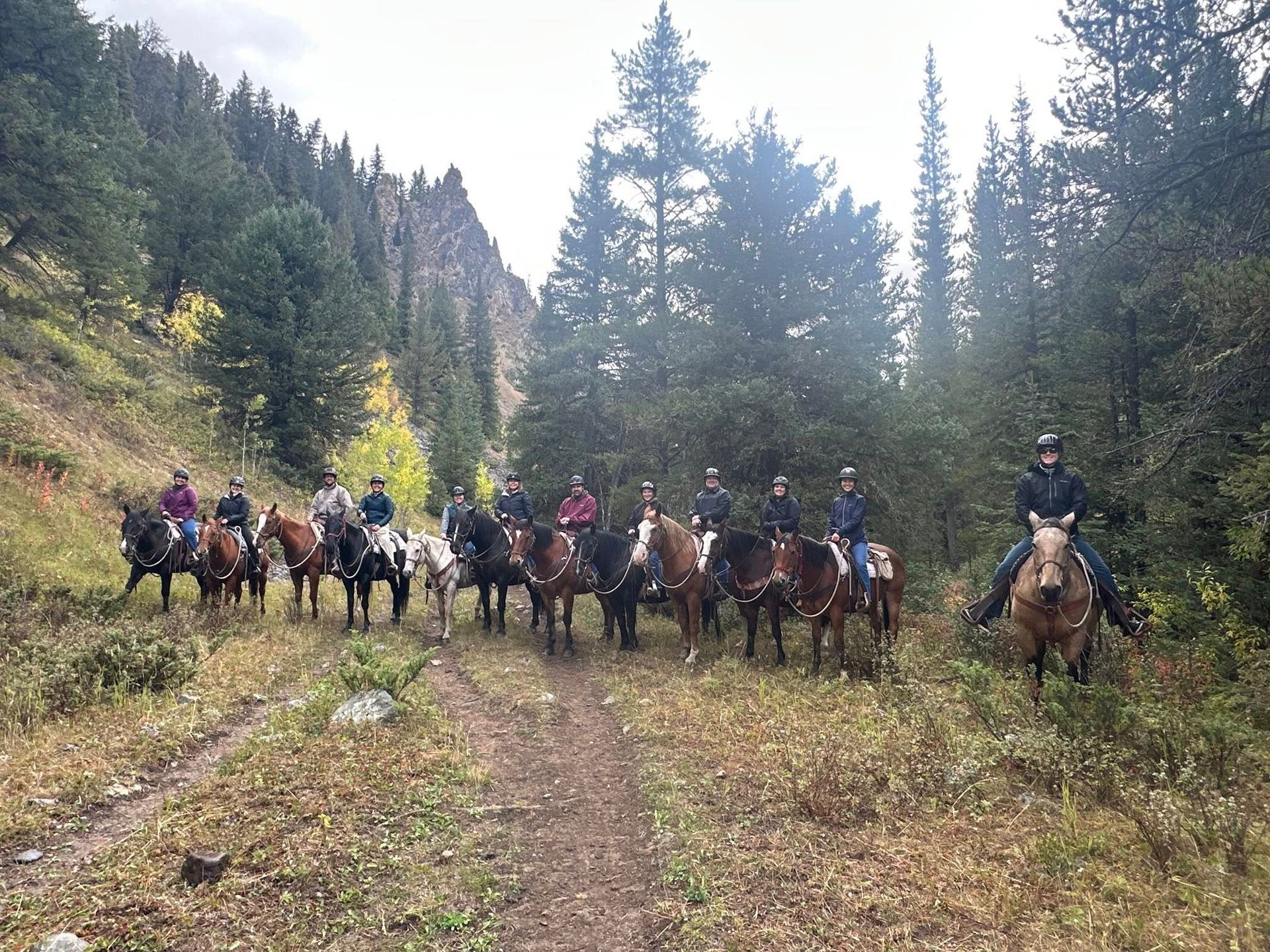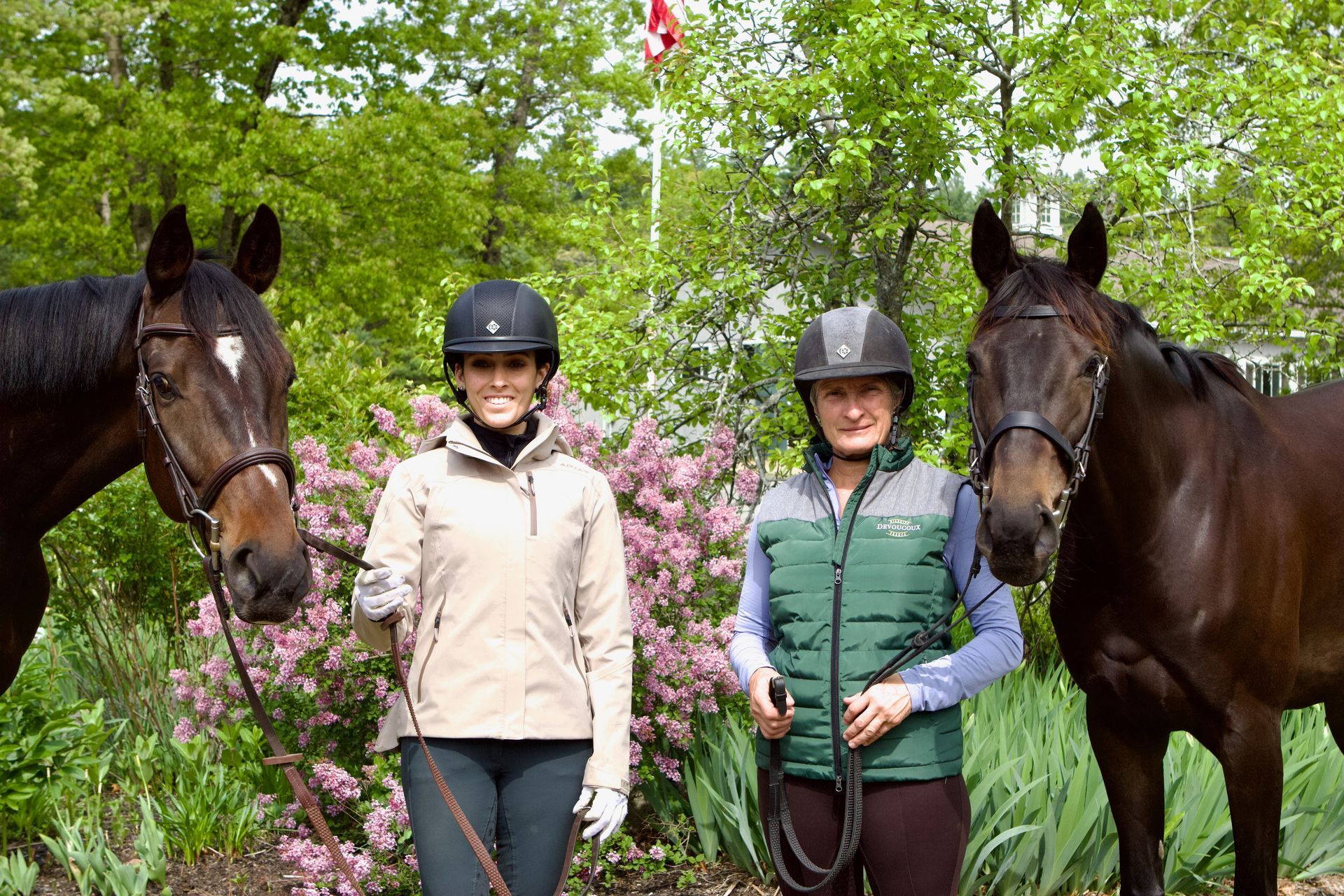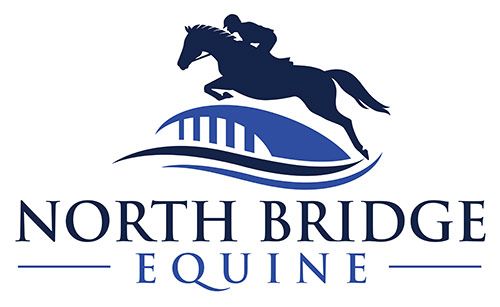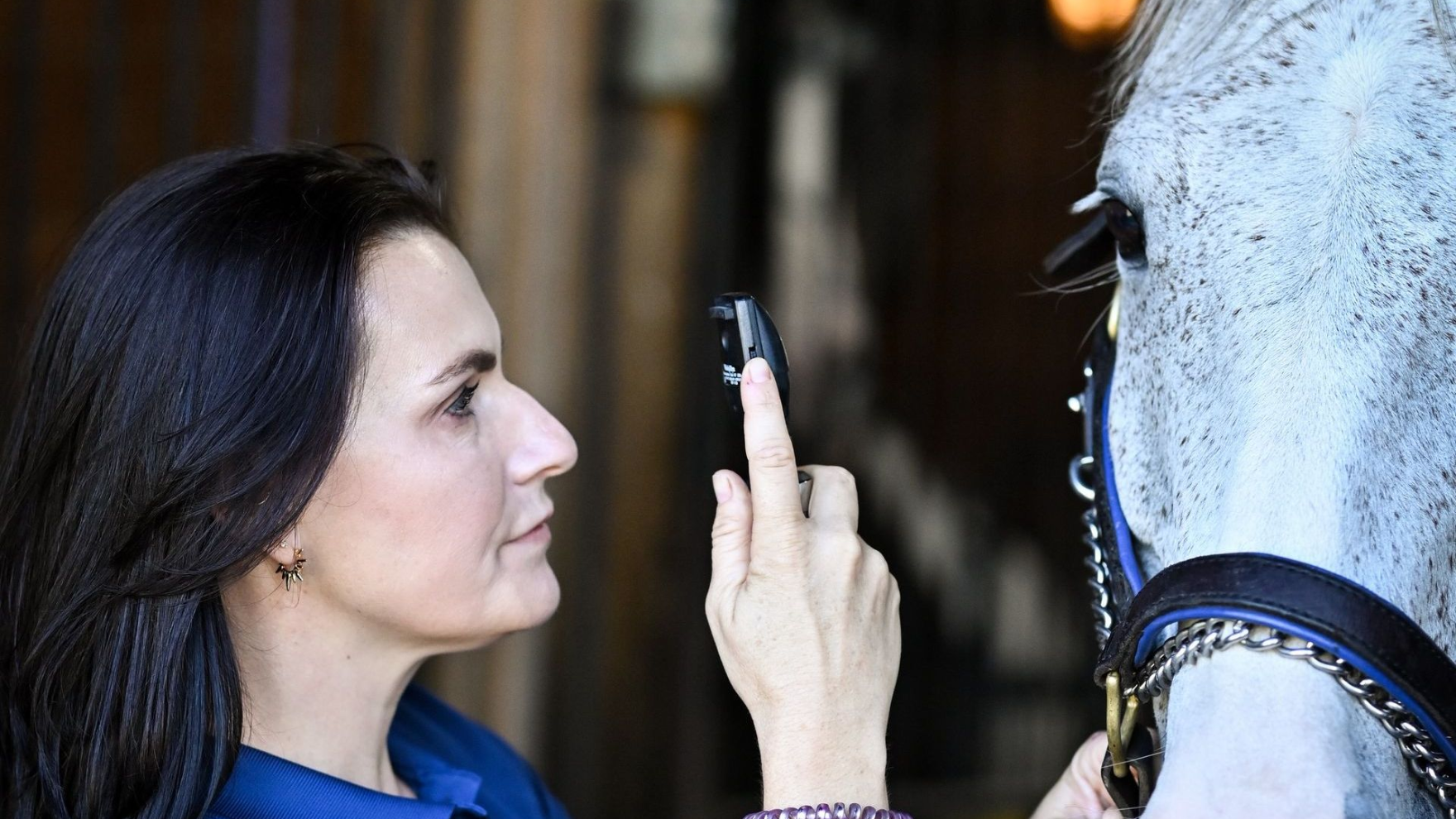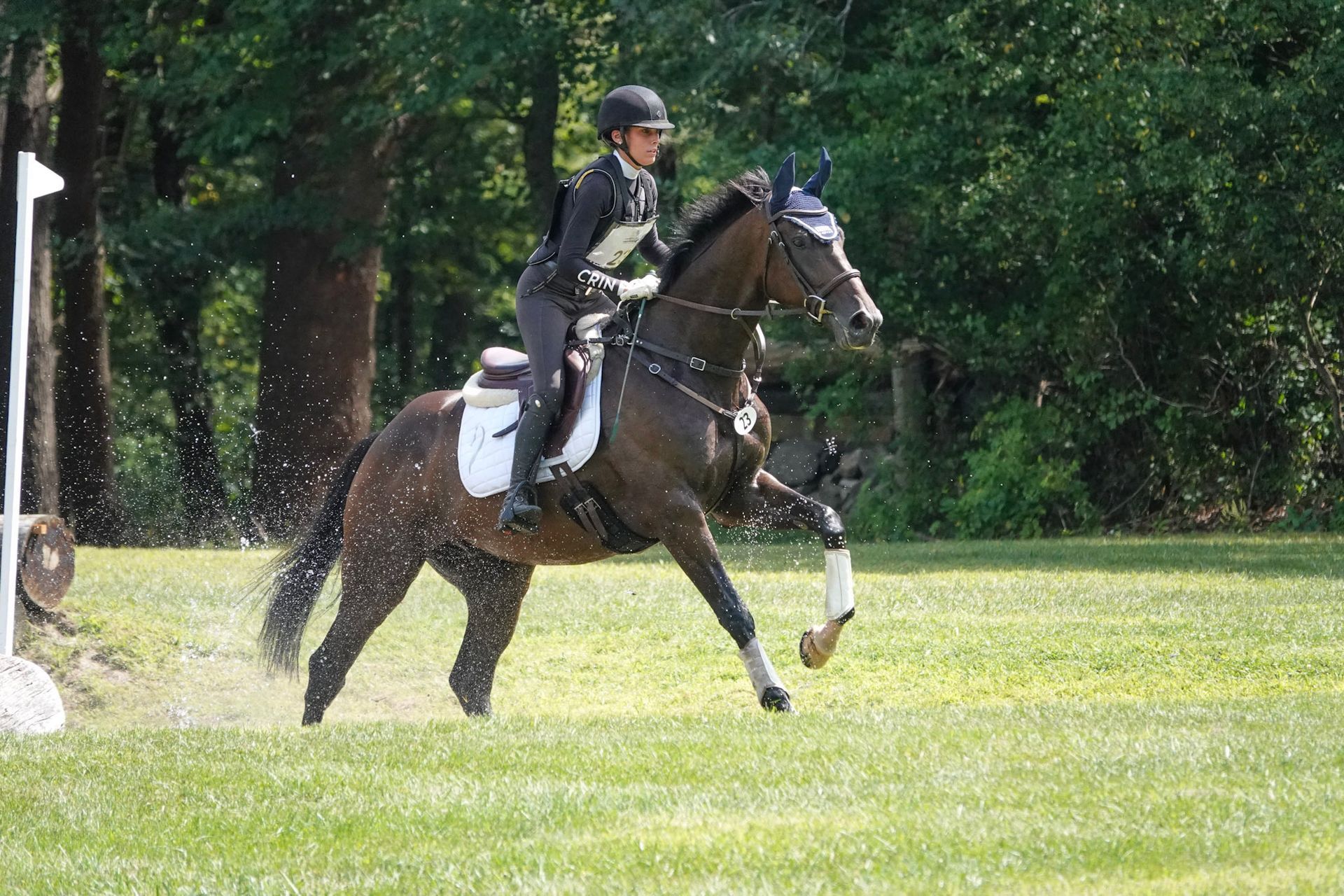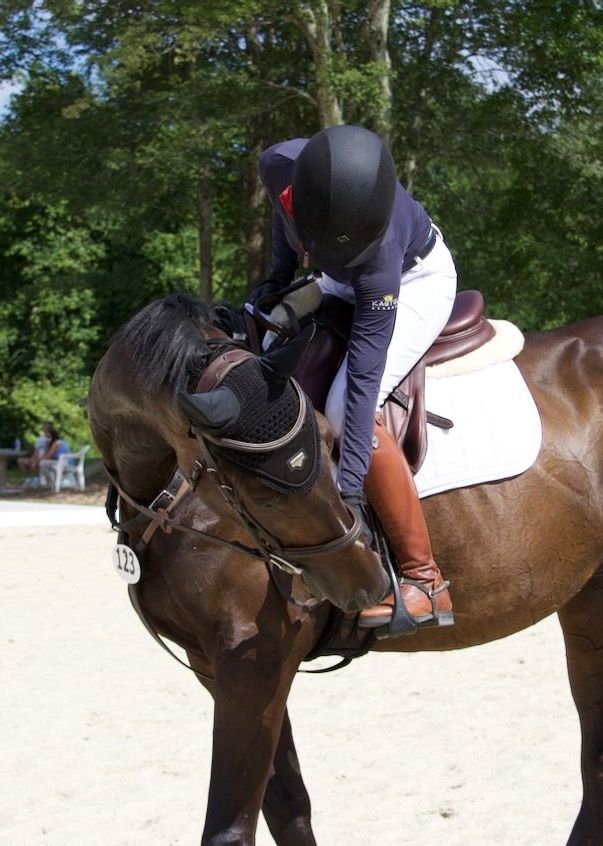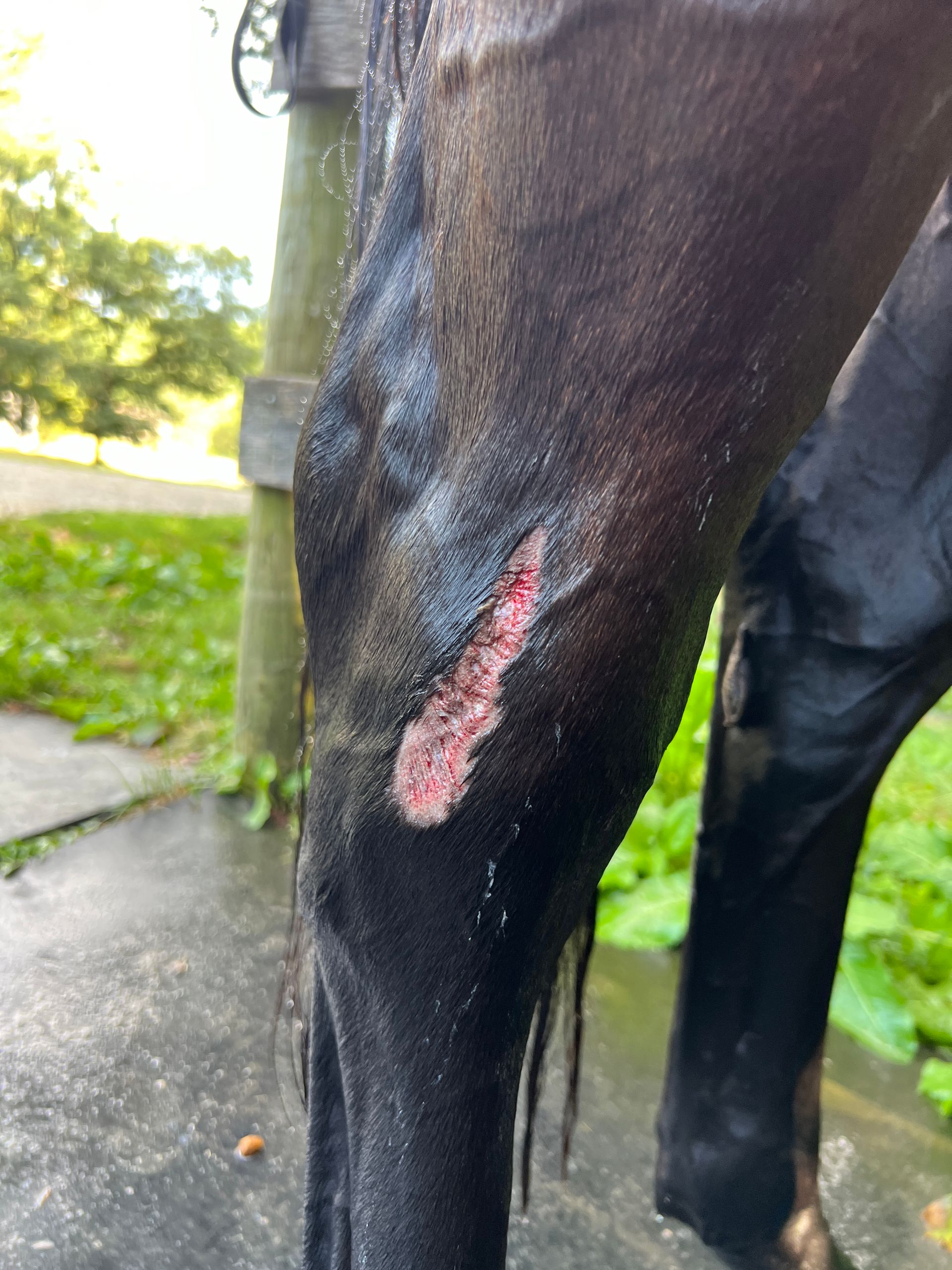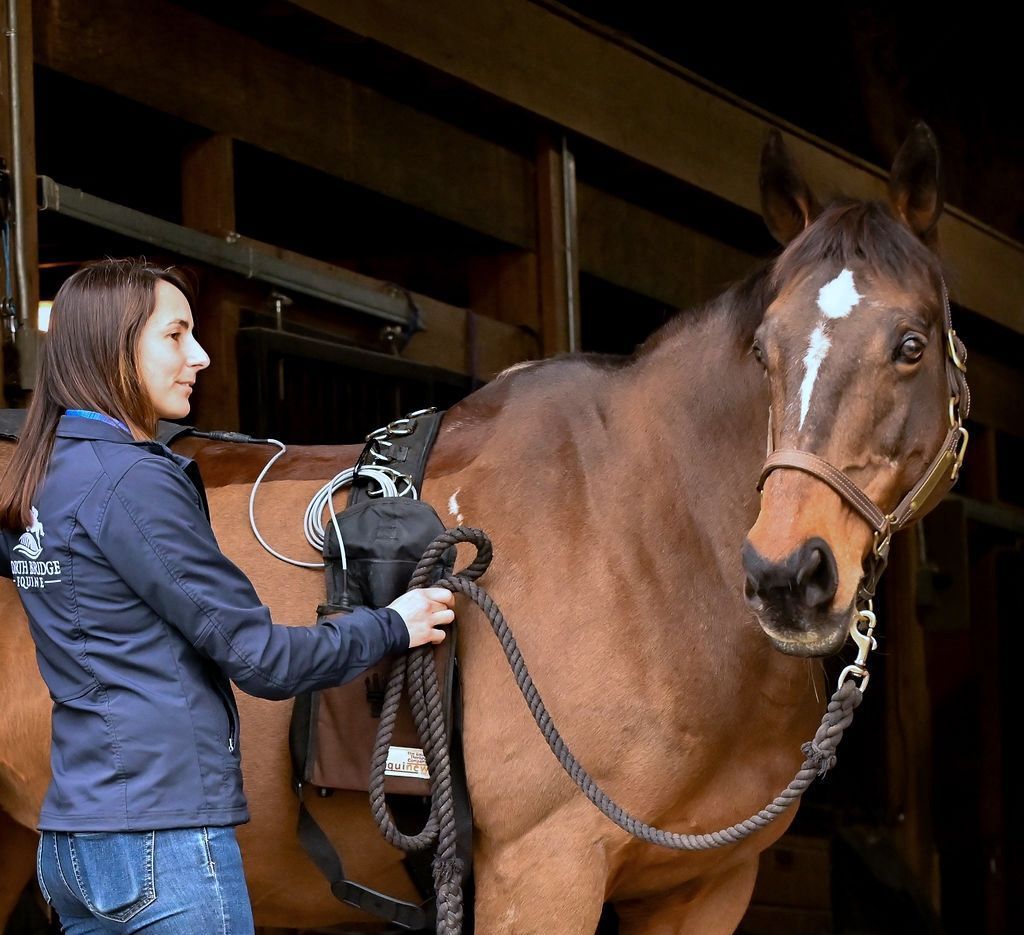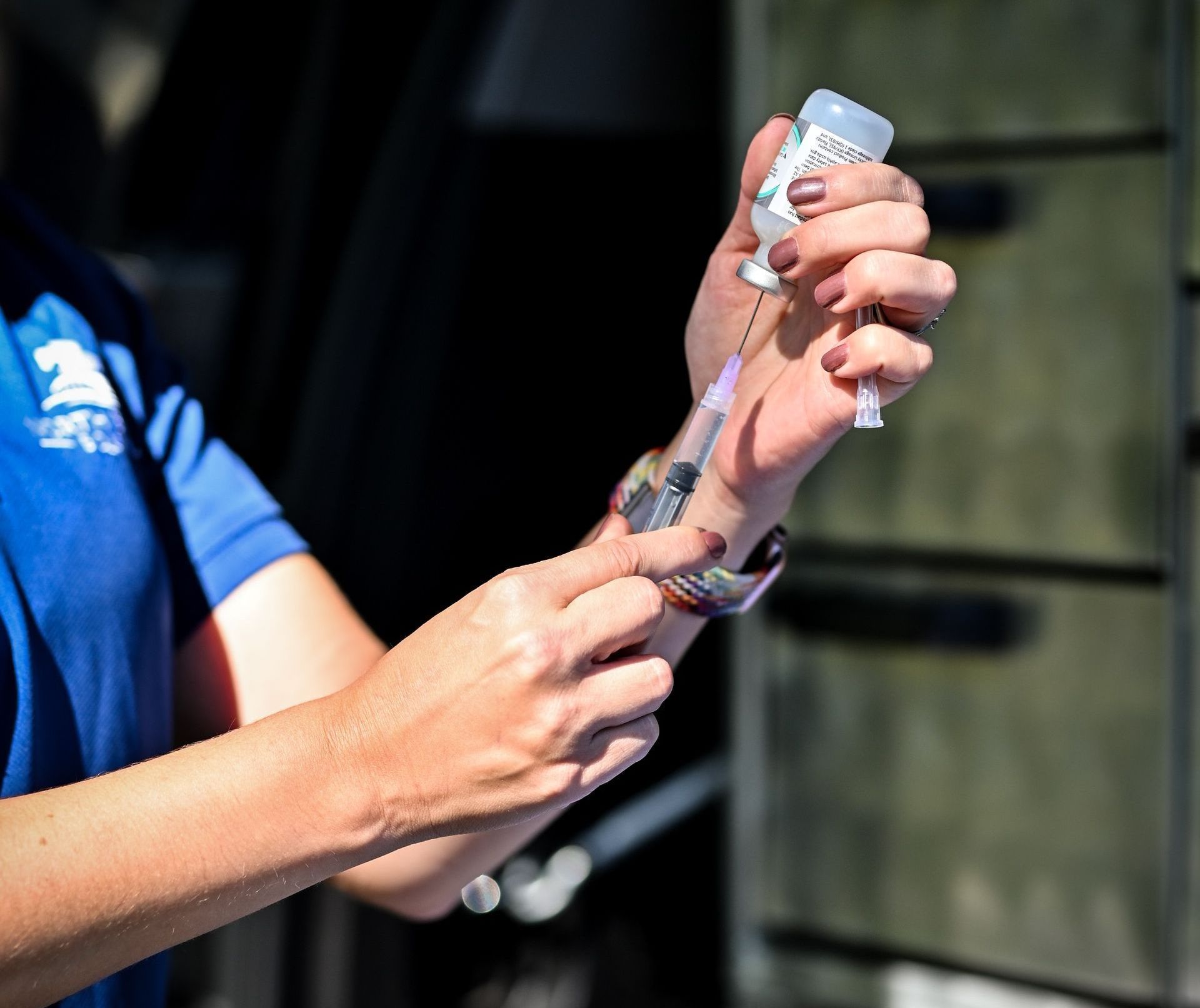Blog
Dr. Fred's Travel Log Part 1
Off to Saudi Arabia!

Dr. Fred spent the spring and early summer traveling the world with the US Dressage Team as one of the Team Veterinarians. Here is the first installment of Dr. Fred’s Travel Log!
In April Dr. Fred flew halfway around the world to Riyadh, Saudi Arabia to serve as Team Veterinarian for the US Dressage Team at the prestigious World Cup Finals. 56 horses from around the world joined in Riyadh for the finals of the World Cup in dressage and jumping. Dr. Fred picks it from here:
I left Boston on Tuesday night and arrived in Riyadh, Saudi Arabia on Thursday morning. All the horses arrived at the amazing venue at the same time which made for a bit of chaos for arrival vet exams but all the American horses were very well behaved. The venue was the Riyadh Convention Center, which was expertly converted to a horse show grounds in a matter of days as when we arrived it was still very much under construction. The horses were stabled in one enormous, enclosed tent that was kept comfortable with 6 huge air conditioners running 24/7. Given the average daytime temperatures were well above 95 degrees the horses (and people) sure appreciated this. As the horses settled in, I marveled at how quickly the organizers turned an empty convention hall into the World Cup show arena and enormous warm-up arena separated by a three-floor tall broadcast tower, riders lounge and press area. Surrounding over half the arena were the VIP areas with luxurious seating areas all constructed in a matter of days and the entire VIP section had been sold out for months. With the intricate lighting and thundering music, it made for an impressive atmosphere!

The daily routine in the days before competition was morning exams on Team USA horses followed by training rides for each of the horses. It was an amazing experience to not only observe the top US horses train but also to watch the world’s best horses and riders such as Isabelle Werth and DSP Quantaz, Patrick Kittel and Touchdown, and Charlotte Fry and Everdale. In the heat of the middle of the day was time for the horses to rest and recharge. After evening feeding and checks the team would gather for dinner. We explored many local Riyadh restaurants and I marveled at the amazing local cuisine!
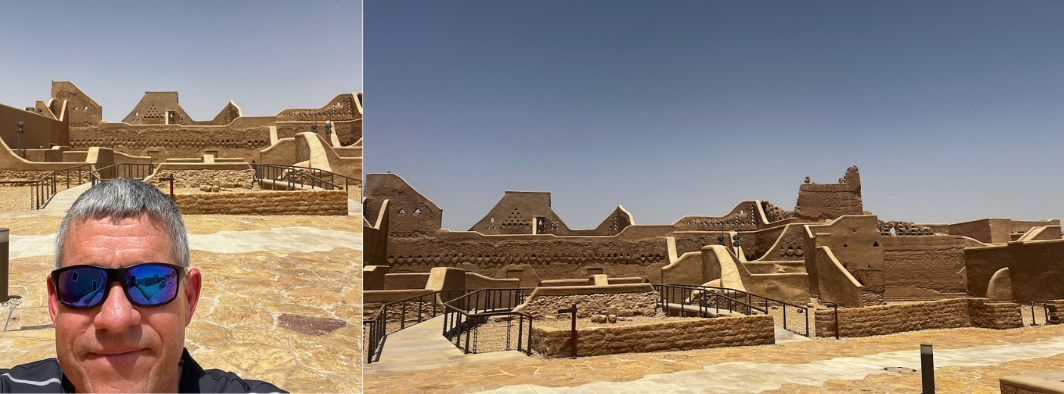
It was not all work all the time, and I had some time to explore Riyadh with the highlights being a bustling street bazaar, the breathtaking Kingdom Tower, and the historic Diriyah museum. The Kingdom Tower is the tallest building in Saudi Arabia with an observation deck at the top. This observation deck is suspended between the two towers and gives incredible views of Riyadh and the surrounding desert. The Diriyah historical site is the birthplace of the Saudi state as the original home of the Al-Saud family. Wandering through the historic stone buildings and alleyways of the Diriyah brought me to the Saudi Museum of the horse which was specular. I was fascinated by the rich history and the deep bond between the Saudi people and the Arabian horse.

Let’s meet Team USA: the World Cup Dressage team is made up of Indeed: a very proud and talented mare who loves her food and her personal space (as many mares do), Duenensee: a very tall and sweet gelding who travels with two large stuffed emotional support animals(check out “Duenensee Dressage” on TikTok for a video of Dueney and his penguin), and Fayvel: a goofy gelding who loves his treats but turns on game face and shows some serious dressage skills. This young team did very well considering the very stiff competition ending the week with Fayvel in 8th place, Indeed in 12th place, and Duenensee in 13th place in the Grand Prix Freestyle. It was incredibly fulfilling to be part of such a cohesive and supportive team while caring for these remarkable horses.
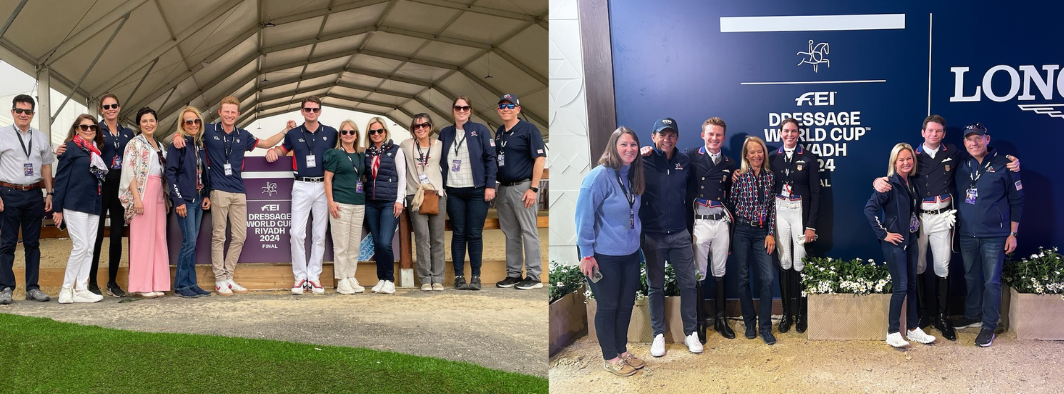
This was the experience of a lifetime to be able to care for these amazing athletes at the top level of the sport in a part of the world so different from home. The people of Saudi Arabia were so kind and gracious, the food was amazing, and the scenery of the country was breathtaking. I am honored to be part of Team USA and to support our horses and represent our country on the international stage!
Stay tuned for the next installment of Dr. Fred’s Travel Log, featuring his adventures in France and Germany as Team USA prepares for the Olympics in Paris!
Recent Posts
